*** Proof of Product ***
Exploring the Essential Features of “Visual Rehab After Neurological Events: Seeing the World Through New Eyes – Michelle Mioduszewski – PESI”
Feeling lost in determining a treatment plan with a neurological client? Have you asked yourself:
- What is the best evidence-based therapy protocol?
- How do you know if you are facing a field loss or a neglect?
- How do you determine visual function when your client is confused?
- Is this a vision or cognitive impairment?
Michelle has been in that fog and come out the other side with wonderful, functional, and cost-conscious options to show and share. She sustains that therapy should be specific to the client’s challenge and that requires an astute awareness of the impairment. This insight comes from clear assessments that are revealed in this course, along with functional treatment interventions to ensure successful therapy sessions. Michelle shares anecdotes and case studies that highlight how the protocols can be put in to practice. These stories assist in enlightening the inexperienced therapist and commiserating with the experienced therapist. The course content is largely interactive and offers numerous lab sessions proving the engaging experience that therapists crave!
Speaker
Michelle Mioduszewski, MS, OTR/L
Niagara Therapy, LLC
Michelle Mioduszewski, MS, OTR/L, has been practicing occupational therapy in acute, inpatient rehabilitation, and outpatient settings throughout her career. Visual rehabilitation following neurological events has been an area of focus. Michelle owns and operates Niagara Therapy, LLC, a team-oriented practice based in Erie, PA that offers OT, PT, and SLP to adults and children with neurological concerns. She also consults for legal, education, and professional situations.
Michelle is the AOTA Administration and Management Chairperson for the Rehabilitation and Disability Special Interest Section, National MS Society Board of Trustees, and is a National MS Society Partner in Care Designation. She was trained in NDT and Neuro-IFRAH (NDTC), Bioness Certified, REO Certified, SAEBO Certified, and specialized in vision and cognitive rehabilitation. A published writer by AOTA Press, she also teaches on topics such as IASTM, Neuro-Rehab/Neuro-Handling, vision, cognition, spasticity, ergonomics and complex wheelchair evaluations.
Speaker Disclosures:
Financial: Michelle Mioduszewski maintains a private practice. She receives a speaking honorarium and recording royalties from PESI, Inc. She has no relevant financial relationships with ineligible organizations.
Non-financial: Michelle Mioduszewski is a member of Consortium of MS Centers and the National MS Society Board Member for the Clinical Healthcare Advisory Committee.
Objectives
- Articulate an understanding of vision-based rehabilitation and the rehabilitation process.
- Articulate the description of ocular motor skill impairment, visual field loss, visual spatial inattention and midline syndrome.
- Demonstrate competent assessment of ocular motor skills, visual field loss, visual spatial inattention and midline syndrome.
- Distinguish the difference between field impairment and neglect.
- Prescribe treatment interventions for ocular motor skills, visual field loss, visual spatial inattention and midline syndrome.
- Demonstrate effective documentation of assessment and intervention to justify skilled services.
Outline
VISION & VISION REHAB
- Terminology and concepts in vision and vision rehab
- Red flags
- Sequence of action
- What to do next
- When to refer
- Anatomy of the eye and brain in regard to perception and processing
DIAGNOSIS: VISUAL ACUITY & VISUAL FIXATION
- Evaluation and screening methods
- Treatment and compensation strategies
DIAGNOSIS: OCULAR MOTOR ALIGNMENT & DEPTH PERCEPTION
- Define the issues
- Evaluation and lab practice
- Treatment and compensation strategies
- Lab practice
- Case study: treatment planning for specific examples
DIAGNOSIS: VISUAL FIELD CUT & HEMI-SPATIAL NEGLECT
- Define the issues
- Differences between cut and neglect
- Why left neglect is more common than right
- Depth of daily impact on life of a client
- Evaluation and lab practice
- Confrontation Test
- Simultaneous Stimulus Test
- Pencil and paper screeners
- Treatment and compensation strategies
- Lab practice
- Case study: treatment planning for specific examples
DIAGNOSIS: PUSHER SYNDROME/MIDLINE ORIENTATION SHIFT
- Define the issues
- Evaluation and lab practice
- Treatment and compensation strategies
- Lab practice using NDT and NEURO-IFRAH (NDTC) principals
- Case study: treatment planning for specific examples
- Wheelchair and bed positioning to rehabilitate
DOCUMENTATION & ADVOCACY FOR COVERAGE
- Identify objective data to document and show improvement
- Developing goals to justify insurance coverage
Target Audience
- Occupational Therapists
- Certified Occupational Therapy Assistants
- Physical Therapists
- Physical Therapists Assistants
- Speech Language Pathologists
Please see the full list of alternative group-buy courses available here: https://lunacourse.com/shop/

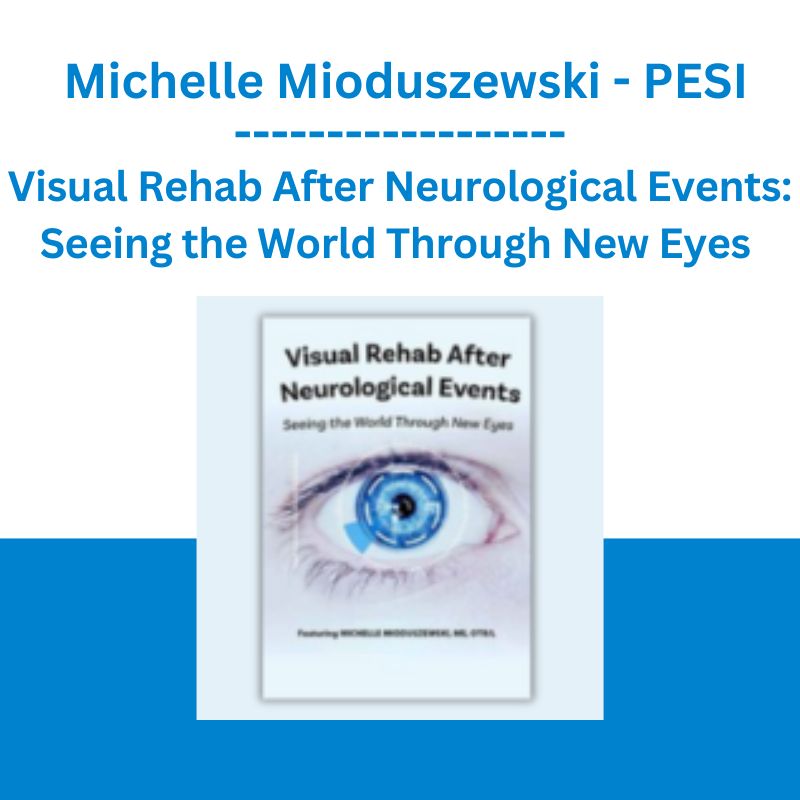
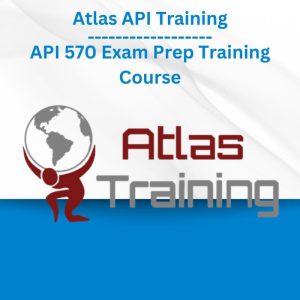
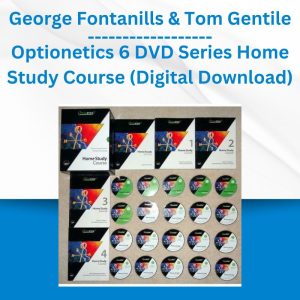


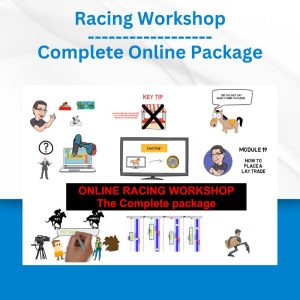



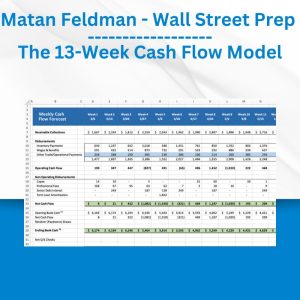 Matan Feldman - The 13-Week Cash Flow Modeling - Wall Street Prep
Matan Feldman - The 13-Week Cash Flow Modeling - Wall Street Prep  Emanuele Bonanni - My Trading Way
Emanuele Bonanni - My Trading Way  Greg Loehr - Advanced Option Trading With Broken Wing Butterflies
Greg Loehr - Advanced Option Trading With Broken Wing Butterflies 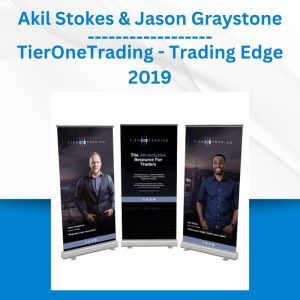 Akil Stokes & Jason Graystone - TierOneTrading - Trading Edge 2019
Akil Stokes & Jason Graystone - TierOneTrading - Trading Edge 2019  Toshko Raychev - Profit System + ITF Assistant
Toshko Raychev - Profit System + ITF Assistant  Erik Banks - Alternative Risk Transfer
Erik Banks - Alternative Risk Transfer  Fred Haug - Virtual Wholesaling Simplified
Fred Haug - Virtual Wholesaling Simplified  Matthew Kratter - Trader University
Matthew Kratter - Trader University  Simpler Trading - Bruce Marshall - The Options Defense Course
Simpler Trading - Bruce Marshall - The Options Defense Course  The Daily Traders – Exclusive Trading Mentorship Group
The Daily Traders – Exclusive Trading Mentorship Group  George Fontanills & Tom Gentile - Optionetics Wealth Without Worry Course
George Fontanills & Tom Gentile - Optionetics Wealth Without Worry Course